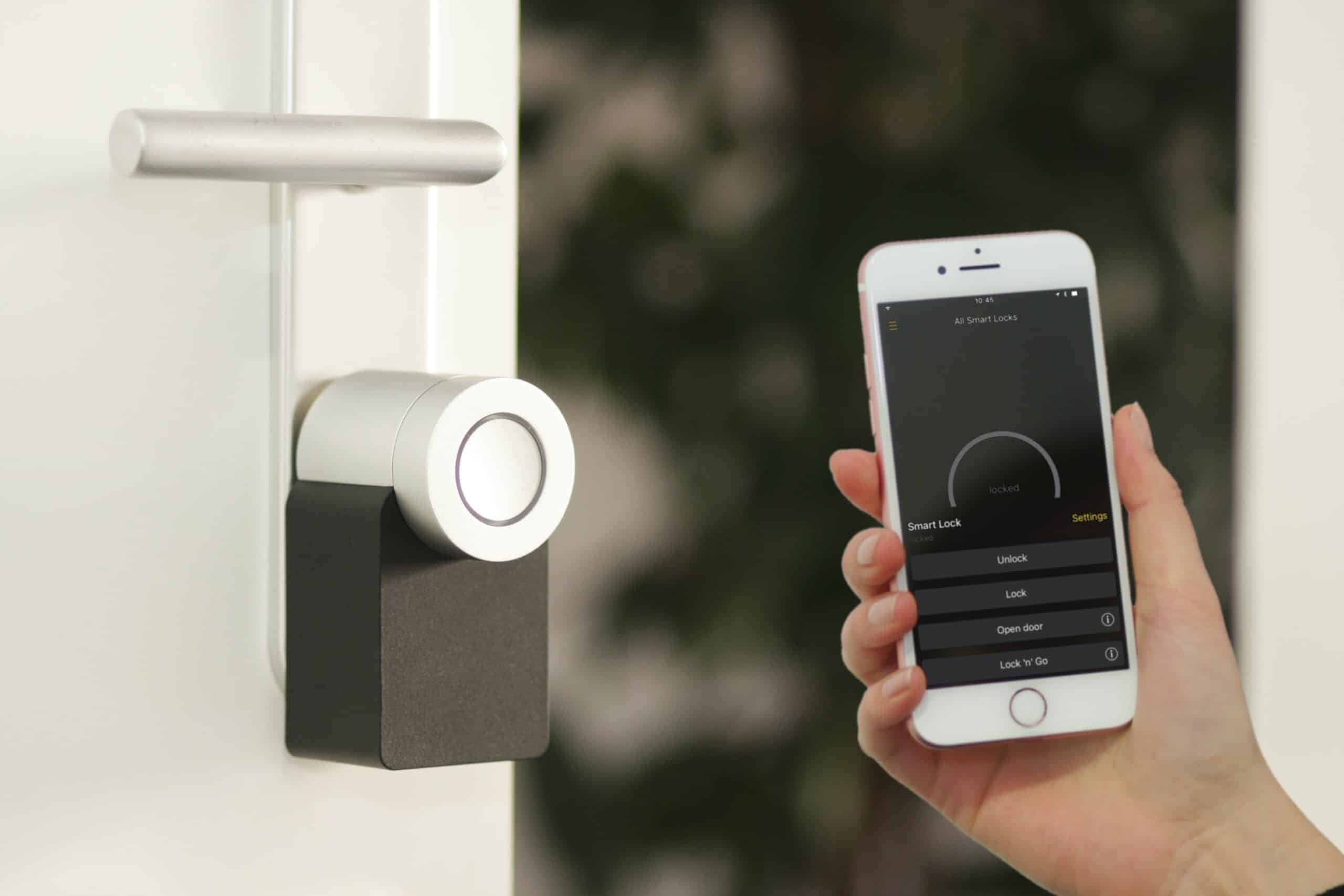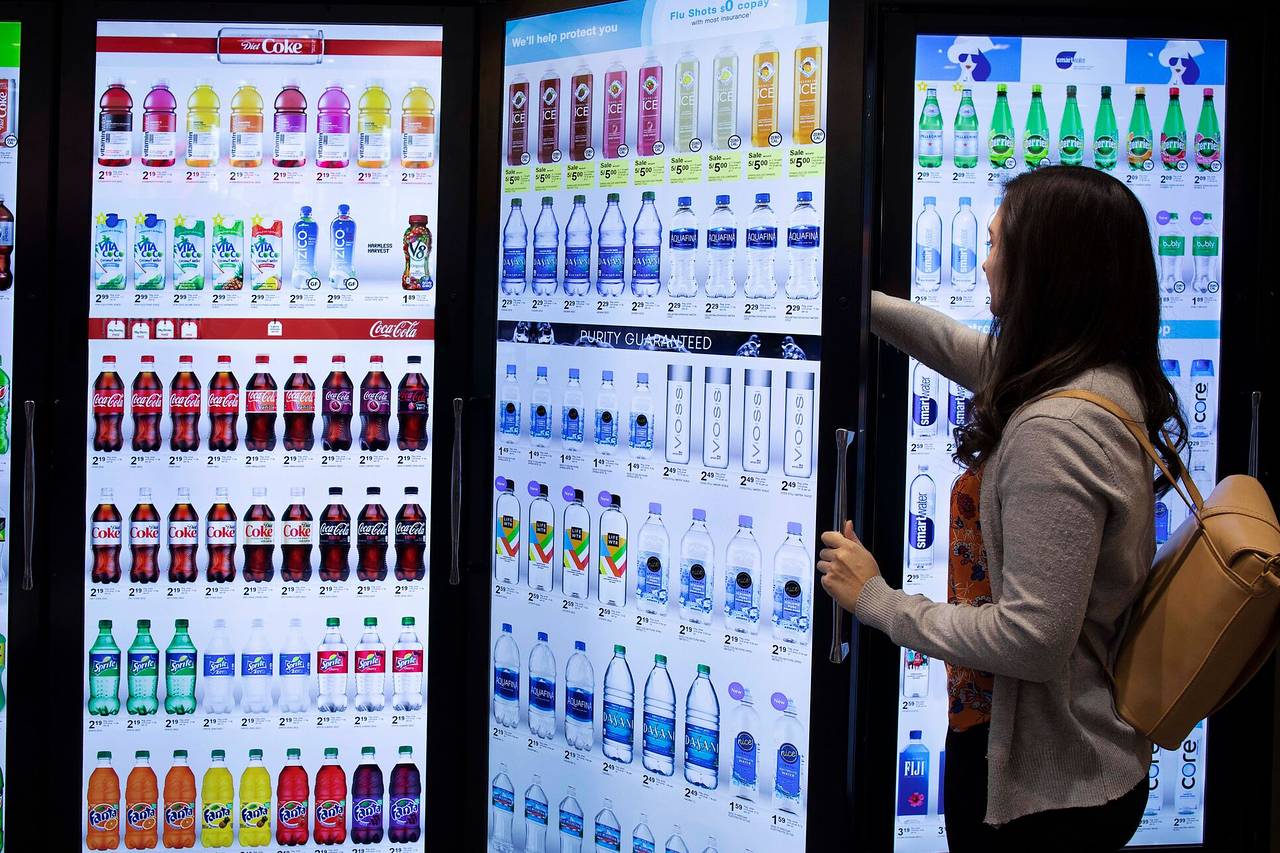In retail, what matters most is the customer, and what matters most to customers now, is having a seamless shopping experience.
In order to capitalize, brands have to build value into every touch-point. The ability for brands deliver convenient and consistent customer experiences will serve as a make or break point in the times to come.
Fortunately, the Internet of Things (IoT) can help with that.

IoT empowers organizations with new ways to enhance customer experience
From wearables to digital kiosks, the number and use of IoT platforms and devices are forecasted to grow dramatically over the coming years. According to Statista, global spending on IoT will reach $1.1 trillion in 2022, driven by rapid technological advancements such as 5G.
For 88% of brands, using IoT will provide better customer insights than any other data gathering method, according to Oracle.
Combining better customer data with connected digital infrastructure enables organizations to deliver timely and anticipated customer experiences—in real-time and at scale.
IoT applications that improve customer engagement and brand loyalty
IoT allows devices to communicate through networks and cloud-based software platforms. Because of this network of connected devices, brands can do two major things.
One, gather real-time data. And two, interpret and analyze the collected data to predict demand, streamline operations, reduce costs, and deliver better customer experiences. Here are 3 ways to demonstrate.
1. Implement in-store personalization that supports an omnichannel experience
Because of the pandemic, customers have become accustomed to the convenience of shopping online. As customers return to brick and mortar stores, the in-store experience needs to innovate to catch up with new customer demands.
On top of the usual mix of choice, convenience, and control, offline shoppers now also expect retailers to ensure their safety. With IoT, brands can understand customers on a granular level, enabling them to address individual concerns and preferences.
For instance, customers already check pricing and inventory from their mobile phones while in the store. With smart shelves and mirrors, retailers can provide contextual offers based on the customers’ shopping behavior.
 Source: WSJ
Source: WSJ
Walgreens has been experimenting with IoT-enabled digital cooler doors with cameras to show ads based on approximate age, gender, and weather. The smart coolers can determine which items shoppers picked up or looked at. Advertisers will use these insights to improve promotions and staff will know which products need to be restocked.
In fashion, the interactive displays at Rebecca Minkoff are connected to the eCommerce site so customers can buy the clothes they tried later using their mobile. In-store stylists are also equipped with smart tablets to assist customers and deliver items to the dressing room.
2. Optimize inventory management to deliver faster customer service and delivery
Throughout the shopping journey, brands have different points to provide value to customers. But one of the foundations of robust customer experience is a streamlined warehouse fulfillment and inventory management system.
Last-mile delivery is one of the persisting challenges that retailers face today. With IoT, things could change.
Using RFID tags and GPS sensors brands can monitor sales opportunities, stocks, devices’ health, and routes. Over time, the data collected, combined with online customer insights, can predict demand, prevent downtime with regular maintenance, and support smart transportation.
In fact, RFID technology enabled Lululemon to know real-time status of their stocks. It made things more efficient. Even with the constraints of the current crisis, the retailer is fulfilling online orders from its physical stores.
Another company that found success in IoT is Jergens Industrial Supply (JIS). The distributor of industrial products developed with Epicor an IoT button that’s connected to an online system. Customers just have to press the button located in a factory, office, or warehouse if they want to re-order products. As a result, JIS improved productivity by 30%.

3. Discover new segments and revenue streams
IoT links multiple devices that provide brands several ways to stay connected with customers. It helps them get the right messages to the right customers at the right times. Besides highly personalized experiences, IoT also opens up new revenue opportunities for retailers.
For instance, home appliances, home security, home décor, and health and wellness products can all be part of a single IoT system. This enables brands within this space not only to increase sales of connected devices. But also, to use the combined data to innovate product offerings and unlock new but related customer segments.
IoT shapes customer experience—the new competitive battleground
Every customer interaction generates a stream of data. Digital tools such as IoT can help brands merge and analyze these different data points to form a complete picture of the customer.
With a 360-degree view of the customer, brands can create better and valuable experiences that are highly personalized and specific to customers’ individual needs.
So, to retain brand loyalty through customer experience, it’s now a combination of ensuring seamless shopping journeys and fostering more meaningful relationships with customers that last.